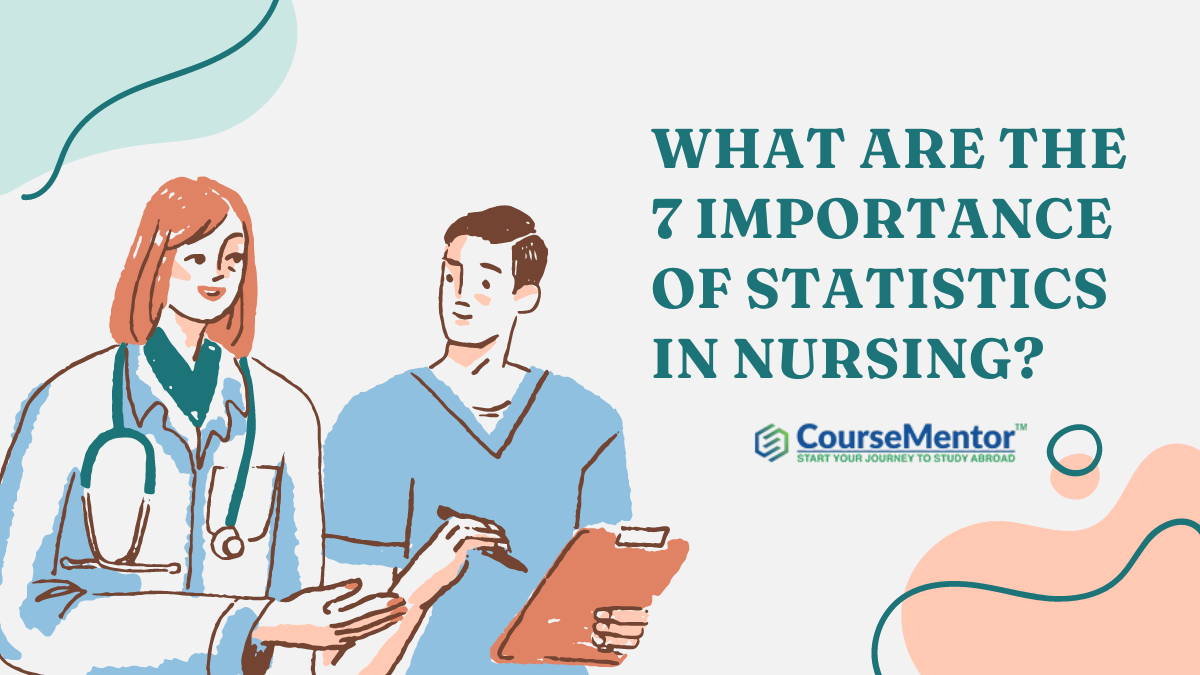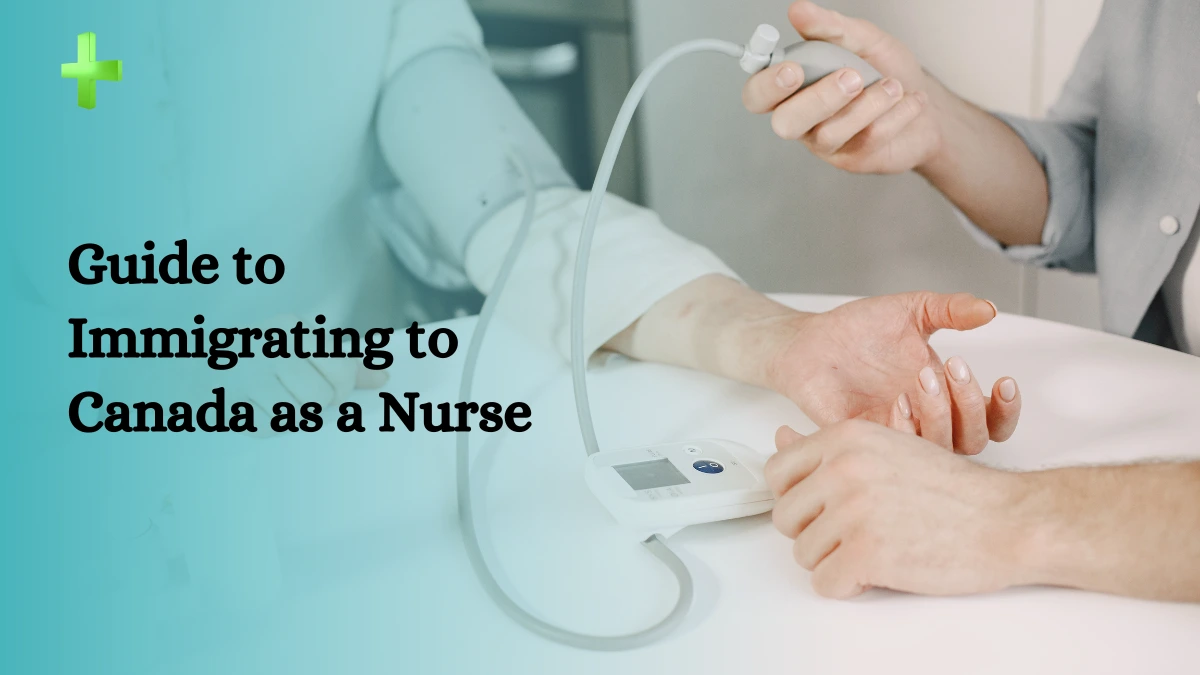Statistics might sound like a big, complicated word, but in the world of nursing, it’s like a superhero tool that helps nurses save lives and make healthcare better. Imagine statistics as your sidekick, helping you understand all the important data in healthcare. In this blog, we’ll explore 7 importance of statistics in nursing.
| Also Read: Best AI Robot Project Ideas [Updated 2024] |
What Are The 4 Main Categories of the Nursing Process?
The nursing process is a systematic framework that guides nursing practice. It consists of four main categories, often referred to as the “ADPIE” framework:
- Assessment: This is the first step in the nursing process, where nurses collect comprehensive data about the patient’s health status, including physical, emotional, social, cultural, and spiritual aspects. Assessment involves gathering subjective information (patient’s symptoms, feelings, and perceptions) and objective data (vital signs, laboratory results, physical examination findings).
- Diagnosis: After gathering information about the patient’s health, nurses look at it closely to figure out what might be wrong or what the patient needs. They make diagnoses, which are not the same as what doctors do. Nurses focus on spotting health issues they can help with on their own.
- Planning: Once nursing diagnoses are established, nurses collaborate with the patient, family, and healthcare team to develop a plan of care. This plan outlines specific goals, outcomes, interventions, and strategies to address the patient’s health needs and achieve optimal health outcomes.
- Implementation: In this phase, nurses execute the planned interventions and actions outlined in the care plan. This means nurses do things like taking care of patients directly, giving them treatments, teaching patients and their families about their health, speaking up for what patients need, and working together with other healthcare workers to make sure patients get all the care they need.
What Are The Different Types of Nursing Statistics?
In nursing, various types of statistics are utilized to analyze and interpret healthcare data effectively. Here are some common types:
Descriptive Statistics
These statistics summarize and describe the main features of a dataset, such as mean, median, mode, and standard deviation.
Inferential Statistics
This type of statistics is used to make predictions or inferences about a population based on a sample of data.
Epidemiological Statistics
Epidemiological statistics focus on the occurrence and distribution of health-related events, such as diseases and injuries, within populations. This includes measures like incidence rates, prevalence rates, and mortality rates.
Clinical Outcome Statistics
These statistics assess the effectiveness of healthcare interventions by measuring clinical outcomes such as mortality, morbidity, and patient satisfaction.
Quality Improvement Statistics
Quality improvement statistics help us keep an eye on how well things are going in healthcare. They help us find areas where we can do better and make sure patients get the best care possible.
Biostatistics
Biostatistics is when we use math to understand health-related information, like in experiments or studies about medicine and biology. It helps us learn more about how different treatments work and how we can stay healthy.
Predictive Analytics
Predictive analytics involves using statistical models and algorithms to analyze current and historical data to make predictions about future healthcare trends, patient outcomes, and resource needs.
What Are The 7 Importance of Statistics in Nursing?
- Facilitating Evidence-Based Practice:
Imagine you’re a detective trying to solve a mystery. Statistics are like your clues. In nursing, statistics help nurses make decisions based on evidence.
For example, if statistics show that a certain treatment works better for patients with a specific condition, nurses can use that information to give the best care possible.
- Research and Data Analysis:
Nurses aren’t just caring for patients; they’re also researchers! Statistics help nurses collect and analyze data to understand healthcare trends and outcomes.
This research helps improve patient care by finding new ways to treat illnesses and prevent diseases.
- Quality Improvement:
Nobody’s perfect, right? But with statistics, nurses can find ways to make healthcare better.
By looking at data, nurses can see what’s working well and what needs improvement. This helps ensure that patients receive the best care possible.
- Risk Assessment and Patient Safety:
Just like a superhero needs to keep people safe, nurses need to keep patients safe. Statistics help nurses identify risks and prevent accidents.
By analyzing data, nurses can spot patterns and take action to keep patients safe from harm.
- Health Policy Development:
Ever wonder how healthcare rules and policies are made? Statistics play a big role!
By using data, nurses can show policymakers what’s happening in healthcare and why certain changes are needed. This helps create better rules and policies to improve healthcare for everyone.
- Resource Allocation and Budgeting:
Imagine you have a limited number of supplies to save the day. You need to use them wisely!
Statistics help nurses figure out where to allocate resources, like medical supplies and staff, so they can help the most people possible without wasting anything.
- Education and Training:
Learning about statistics might not sound exciting, but it’s super important for nurses!
By understanding statistics, nurses can read research papers, interpret data, and make informed decisions. This helps them provide better care for their patients.
What Are The Statistical Methods Used in Nursing Research?
Statistical methods play a crucial role in nursing research by helping to analyze data and draw meaningful conclusions. Here are some common statistical methods used in nursing research:
- Descriptive Statistics: These help us understand the basic details of a group of data. For example, they can tell us the average (mean), the middle number (median), and how spread out the numbers are (range and standard deviation).
- Inferential Statistics: These help us guess things about a larger group based on a smaller group. For instance, if we have data from a few patients, inferential statistics can help us make educated guesses about a whole population.
- Survival Analysis: This is used when we want to understand how long something takes to happen, like how long it takes for someone to recover from an illness or how long until an event occurs, such as death or disease recurrence.
- Meta-Analysis: This method combines and analyzes data from many different studies to get a better understanding of a particular topic. It helps us find more accurate results by looking at a larger pool of data.
- Qualitative Data Analysis: This involves looking at non-number information, like interviews or observations, to find themes or patterns. It helps us understand people’s experiences and feelings, not just numbers.
- Multilevel Modeling: Multilevel modeling, also known as hierarchical linear modeling, is used to analyze nested data structures, such as patients within hospitals or students within schools. It allows researchers to examine the effects of both individual-level and group-level factors on outcomes.
- Structural Equation Modeling (SEM): SEM is a statistical method used to test complex theoretical models by examining the relationships between multiple variables simultaneously. SEM can be used to assess causal pathways, mediation, moderation, and latent variable relationships.
Conclusion
Statistics might seem like a bunch of numbers, but in nursing, they’re like a secret weapon that helps nurses save lives and improve healthcare. From making evidence-based decisions to keeping patients safe, statistics are the unsung heroes of the nursing world. So, the next time you hear about statistics (or think about what are the 7 importance of statistics in nursing), remember that they’re not just numbers—they’re the key to better healthcare for everyone.





